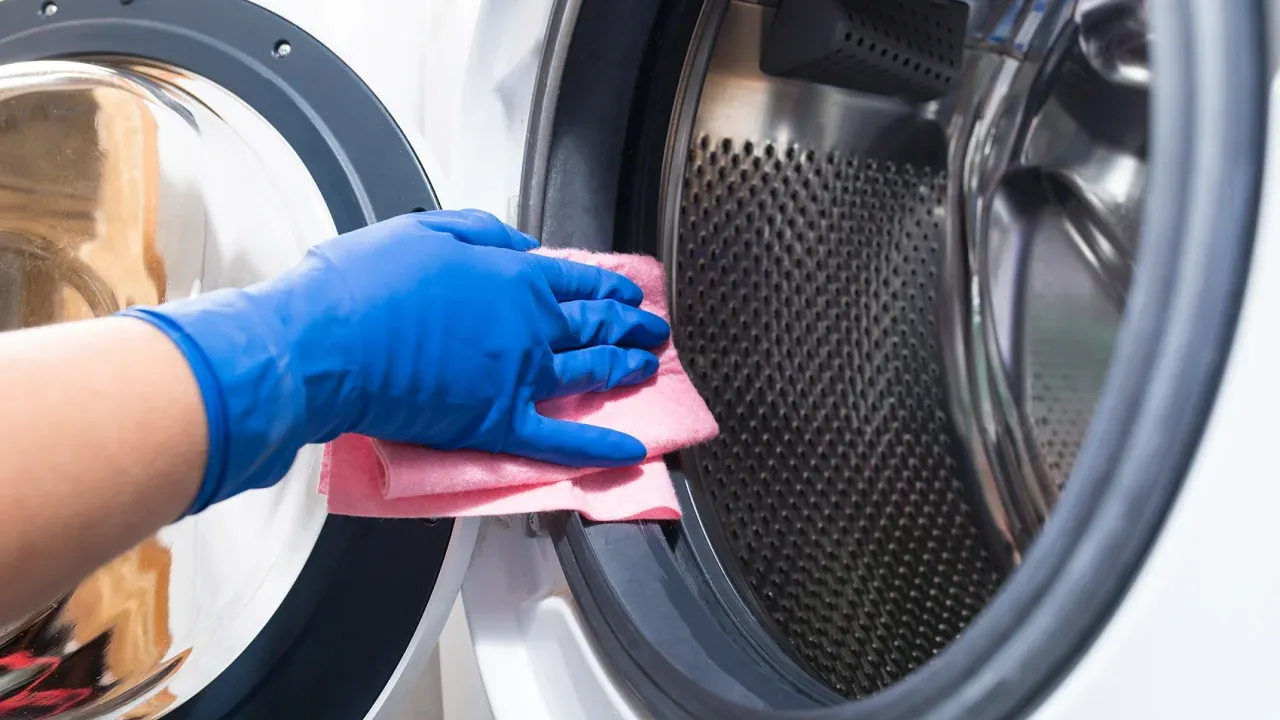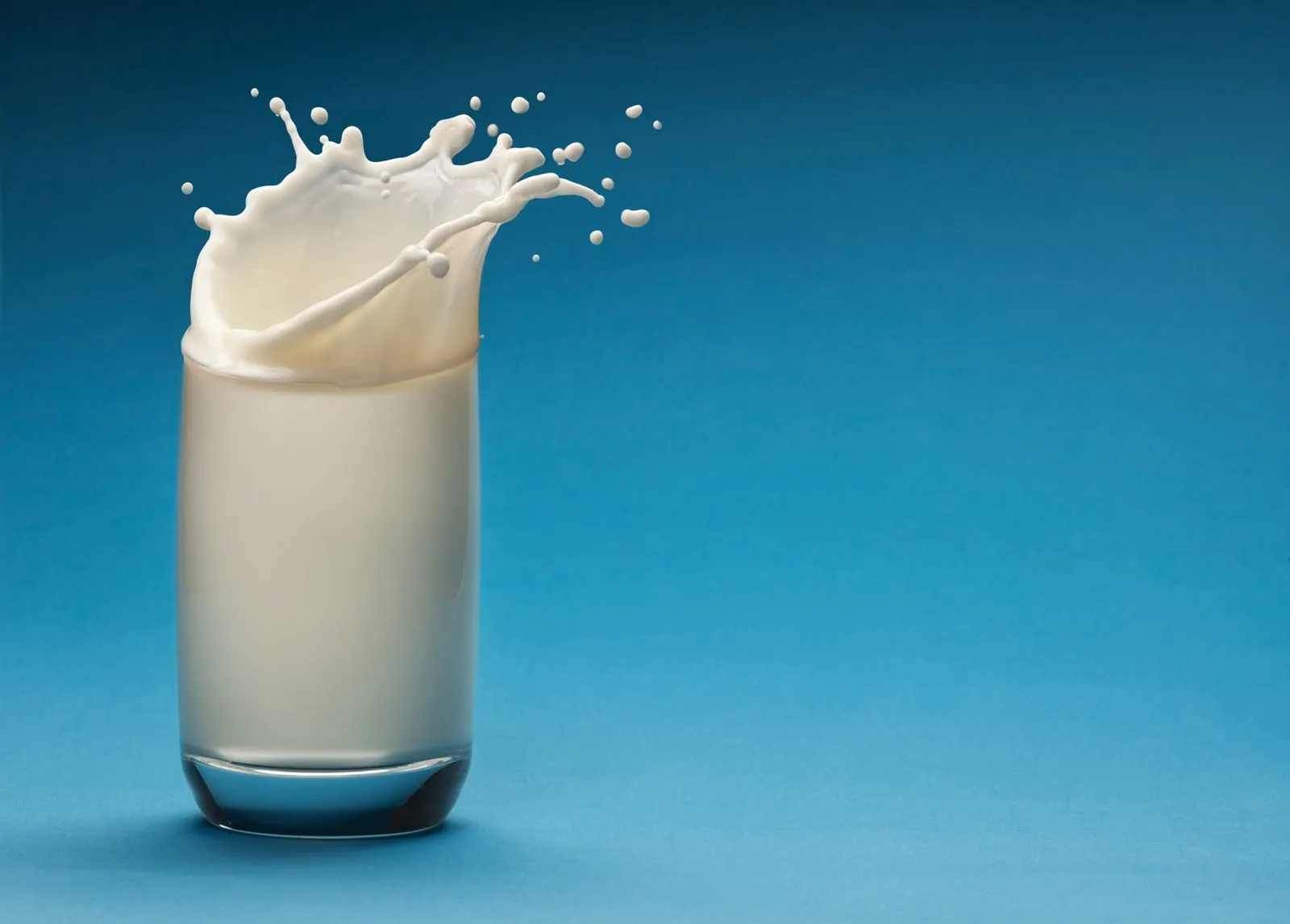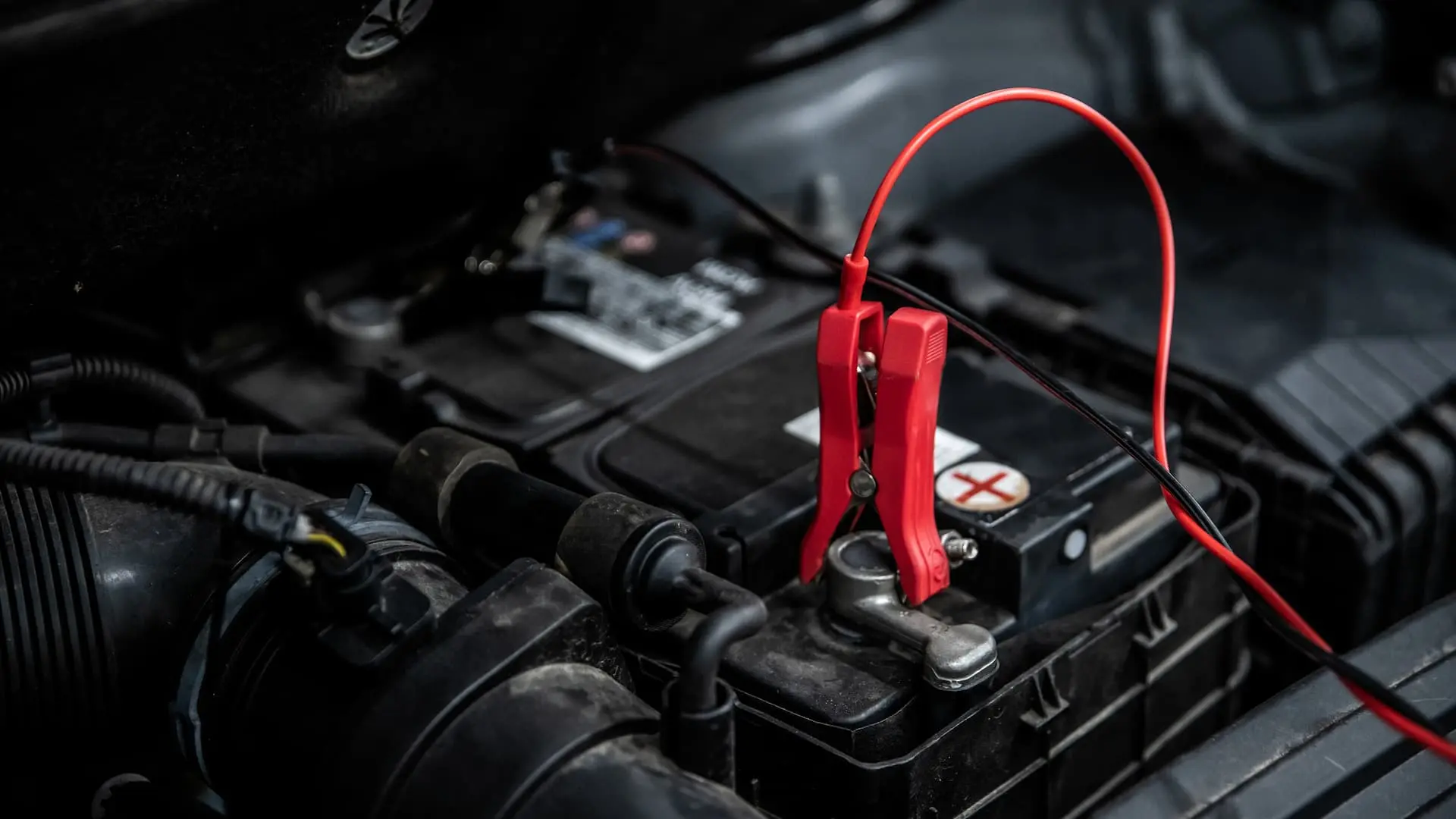When you remove your laundry from the washer, have you ever noticed that it doesn’t smell as fresh as it should? Has your washing machine been cleaned in a while? If so, your laundry’s odor is most likely caused by this.
Do your clothes have a dingy, boring appearance? Does the smell of laundry bother you? Your top-load washer might be the only thing causing the issue and it will do you some good to know how to clean washing machine.
You would think that running so much soap and water through the machine would just do additional cleaning, but it traps bacteria and leaves behind residue.
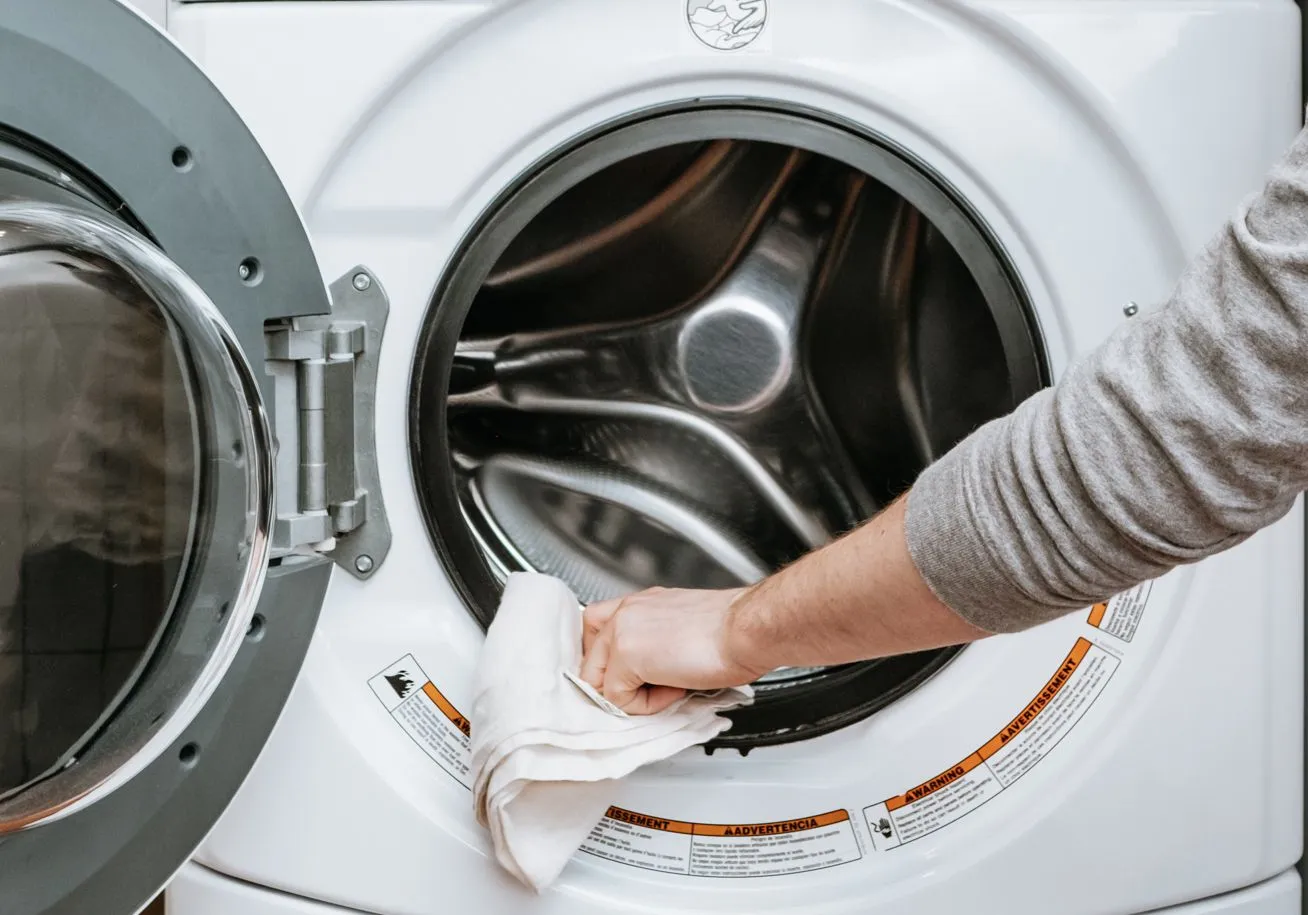
Thankfully, all you need to clean the washing machine is a few common household items that you most likely already own.
Learn how to clean the washing machine to help both your washer and your clothes.
How to Clean Washing Machine at Home
To make things easier for you, we’ve looked into every cleaning supply you’ll need for the task and consulted professionals for their tried-and-true cleaning advice.
This means that besides guiding cleaning the filter, impellers, and drain, our step-by-step washing machine cleaning guide is jam-packed with helpful cleaning tips.
1. Read the Manufacturer’s Guidelines
You must familiarize yourself with the manufacturer’s guidelines before beginning the cleaning process.
Certain machines may require different cleaning procedures depending on the manufacturer and model.
To prevent any damage and to guarantee that you maintain your appliance safely and correctly, make sure you have read these thoroughly.
2. Clean the Detergent Drawer
The laundry detergent drawer may serve as a refuge for bacteria, mold, and encrusted washing powder. Fortunately, cleaning is a breeze.
After removing the drawer completely, soak it in warm water for a few hours. After that, you can clean away any lingering residue.
Recall that you cannot proceed until the drawers have dried fully and been reinserted into the machine.
3. Clear Out the Filter
The purpose of the debris filter is to shield the pump in your washing machine from germs by trapping lint, loose tissues, coins, and general dirt in its path.
Additionally, it is warm and humid, which creates the perfect environment for smelly things to grow and seep into the machine and your laundry.
It’s crucial to remember that manufacturer-specific instructions vary, so before doing this one, make sure you’ve read your washing machine manual.
4. Rinse the Drum
Remember to clean the seemingly spotless drum of the washing machine when learning how to do it yourself—it’s another breeding ground for germs.
Fortunately, all you have to do is do a hot wash with the machine empty.
Include a cup of white vinegar and set the cycle to a high temperature. By doing this, any dirt accumulation will be eliminated, leaving the drum smelling clean and fresh.
A hot, empty clean (ideally at 60 degrees) should be performed on your washing machine every few months to “kill any germs and get rid of odors and scum build-up.”
5. Wipe Down the Door Seal
It’s simple to overlook the area between the door and the drum when you’re loading the washer and taking it out again wet.
After every wash, make sure to wipe down the door seal to prevent your brand-new clothes from absorbing grime and leftover detergent when you take them out of the drum.
You can still “get rid of this instantly” if there is already a build-up of mold and mildew on your washing machine seal. Just spray Astonish Mold & Mildew Blaster across the seal and wipe with a damp cloth.
6. Leave the Door Open Between Washes
Shutting the door after emptying and hanging your laundry to dry might be one of the worst things you can do. It’s crucial to keep it open in between washes because of this.
Because of the moisture that accumulates in warm, humid environments—exactly what occurs when you close the door—mold and mildew grow quickly in these conditions.
After the cycle ends, try to take off clean clothes as soon as possible. By doing this, moisture buildup that could lead to the festering of odors and germs will be avoided.
7. Lather, Rinse, Repeat
Preventing a washing machine from smelling is the most effective method of eliminating its odor. This entails expanding your list of household tasks to include cleaning the washing machine.
We implore you to attempt to do it at least once a month if you are unable to maintain that schedule. Just make an effort not to wait until it begins to smell awful.
How to Clean a Top-Loading Washing Machine
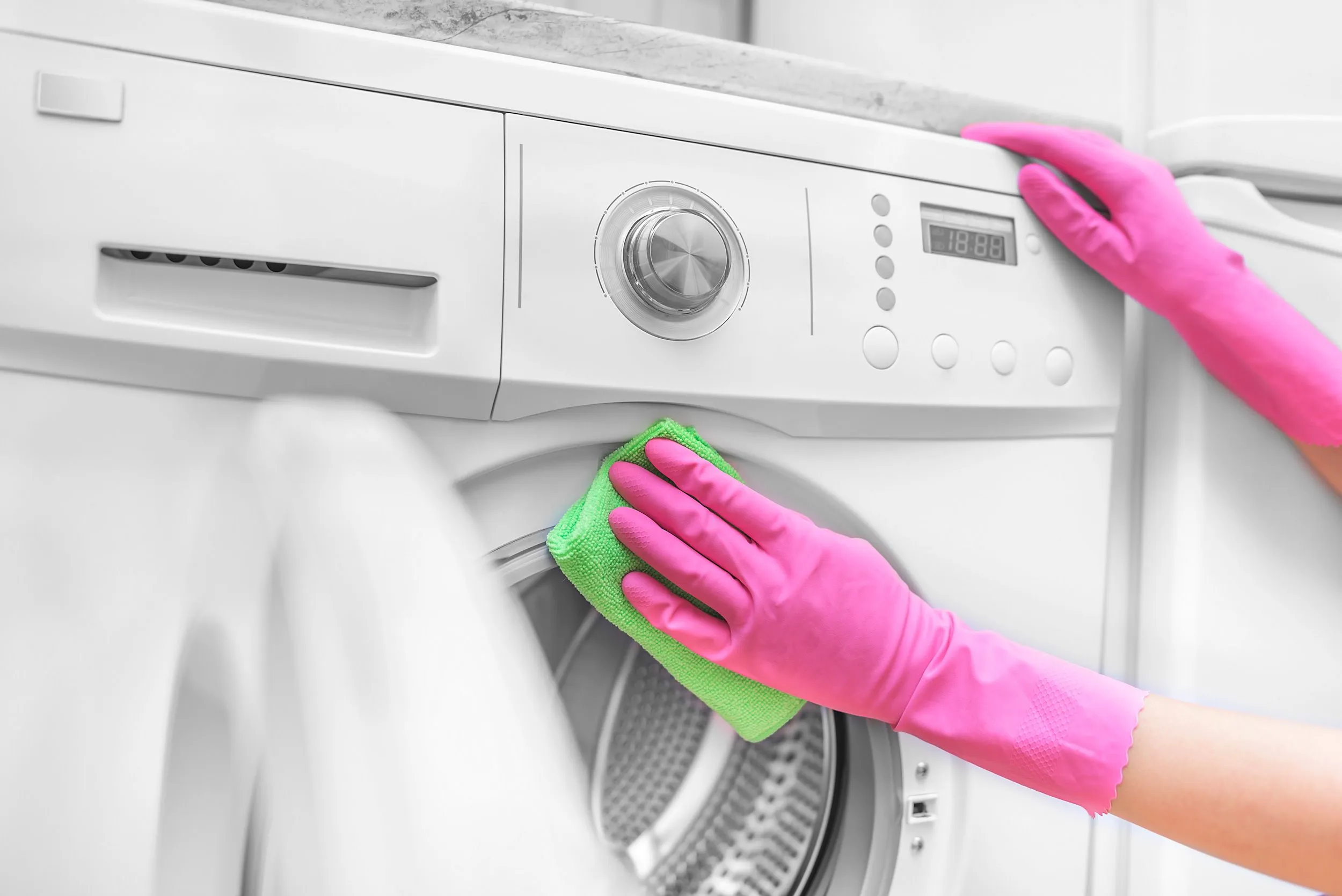
Top-loading washing machines come in two varieties: high-efficiency and standard. The classical models contain the central agitator, meanwhile, the HEV models (hybrid high-efficiency types) have the impeller mounted on the bottom and shaped flat disc-like.
1. Remove the agitator (for conventional models) and put it into the basin in the sink containing hot water, vinegar, and baking soda.
2. Take out the impeller and put it in the water and vinegar solution that contains the baking soda and water. Let the impeller undergo a chemical reaction which is known as a diffusion.
3. The washing machines on both types of top loaders should be in the water heater cycle. Learning from the washing machine cleaner table on the box, complete the directions.
4. Pour the machine with hot water and a mixture of vinegar and baking soda which to run as a natural option. As long as you’ve got the brand instruction near at hand when the project it is about, do consult the instructions before anything else.
5. If you install vinegar on rubber washers or hoses, you are provided with a high chance of destroying the rubber parts in a later stage which may result in leaks.
How to Clean a Front-Loading Washing Machine
According to a Samsung representative, contaminants can build up in washing machines, including your front-loading one, from food particles, leftover detergent, dirt, and tap water.
To clean a front-loading washing machine, adhere to these professional cleaning instructions:
1. Verify that there are no clothes in the tub, and then run a spin-only cycle to get rid of any leftover water.
2. Fill the detergent compartment to the top with liquid chlorine bleach. Note: The bleach compartment should not be used.
3. Use the “self-clean” feature once the liquid chlorine bleach has been poured. (Your washer should not contain liquid chlorine bleach.) Press the power button while the front-loading washer’s door or lid is closed.
4. To begin, choose either pure cycle, self-clean, or self-clean, then hit the start or pause button. While self-cleaning times vary by model, front-load washers typically require four hours.
5. Use paper towels to wipe away any residue left in the tub after the self-clean cycle is finished.
6. To get rid of any last bits of residue, rinse and spin the cycle. If more cycles are required, run them until the mold residue is completely gone.
7. To allow the washing machine to dry, leave the door or lid open. To aid in drying, keep the detergent drawer open as well.
8. On the front-loading washing machines, the pump filter is usually located behind a panel, near the bottom, and on the front. Give it a clean.
In case the mold or smell persists even after multiple cleanings, it is advisable to contact an expert for assistance.
Tips to Keep Your Washing Machine Clean
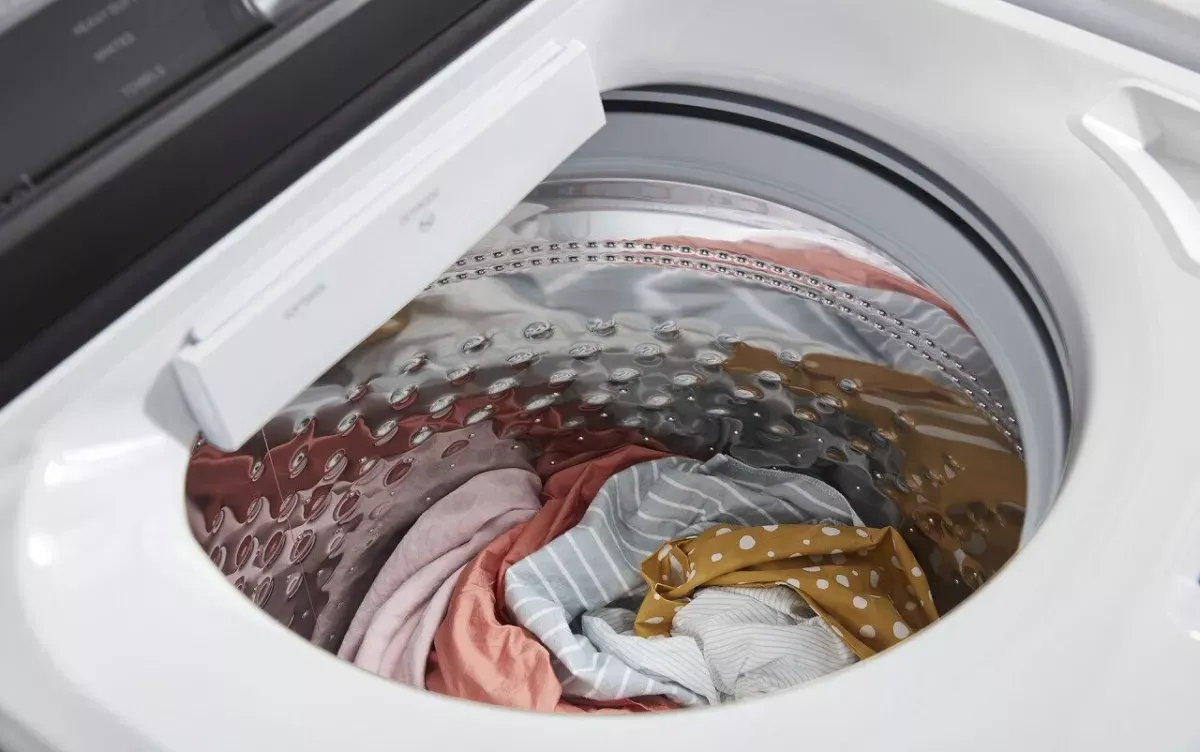
Here’s what to do to keep your washer functioning at its best between cleanings: Here’s what to do to keep your washer functioning at its best between cleanings:
1. When you finish using your washer, remember to leave the lid open for the washer to dry up unless the washer is placed outside.
2. As an addition to keep the scent from accumulating and the rubbish pile from building up, once in a while take a warm or hot water cycle in place of regular washing in cold water.
3. Don’t load either too many or too few apparels. The clothes may not have the necessary strength to resist the pressure or the washer machine may be damaged if it becomes overloaded.
An underload may result in a failed clean-up performance as detergent residues remain and a load that is too full may keep too much moisture in the washer, holding the moisture.
4. Also ensure that if you own an HE washer, you use only HE detergents in it. In addition to that, you should also seek the approval of your washing machine’s manufacturer to learn about suitable HE detergents.
As a consequence, a film of soap scum is created when using a conventional laundry detergent.
Maintaining a clean and odor-free wardrobe for your family can be achieved in part by cleaning your washing machine.
To keep soil and detergent from accumulating in your washer, repeat the procedure every thirty days or every thirty cycles of washing.
